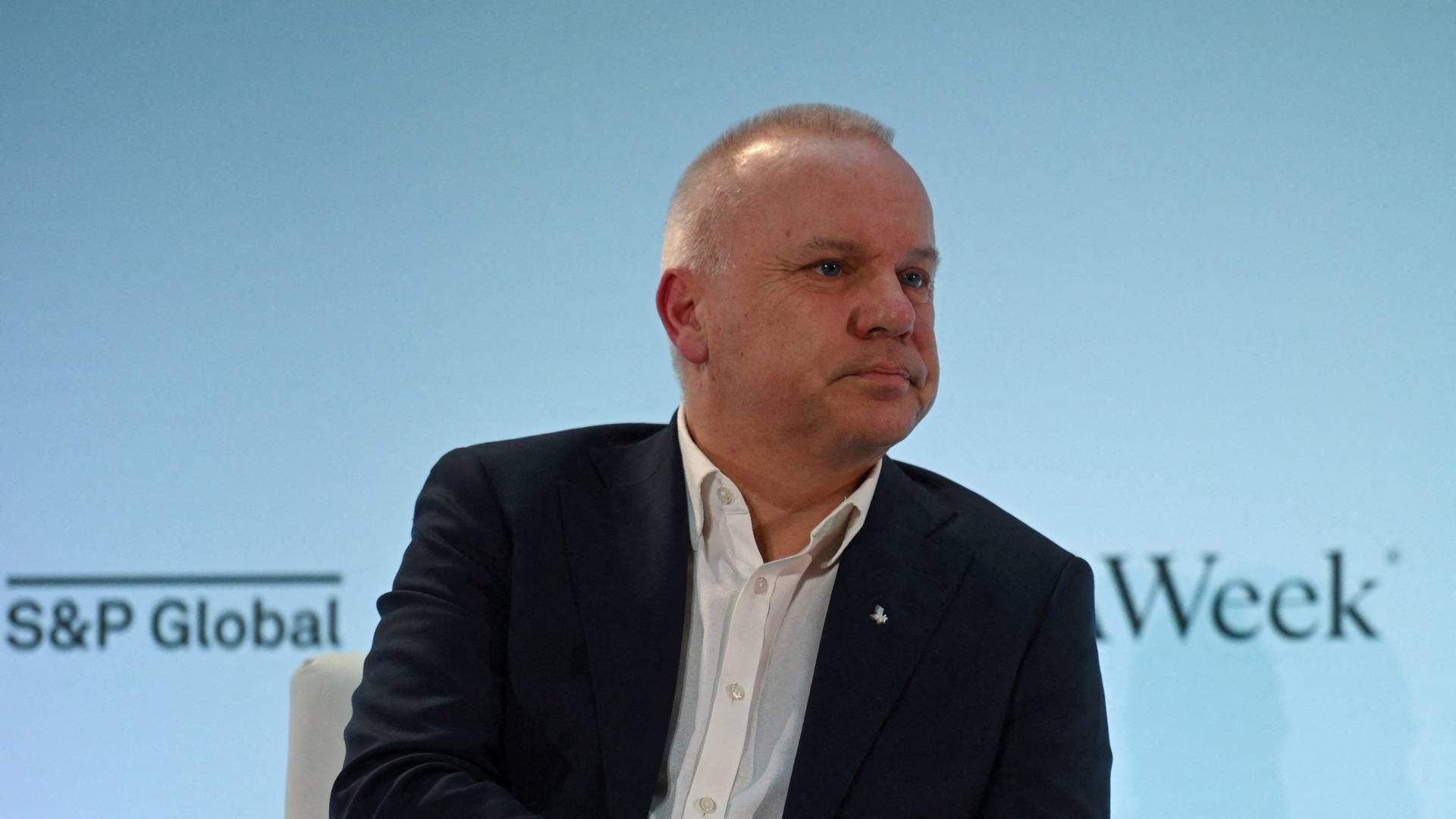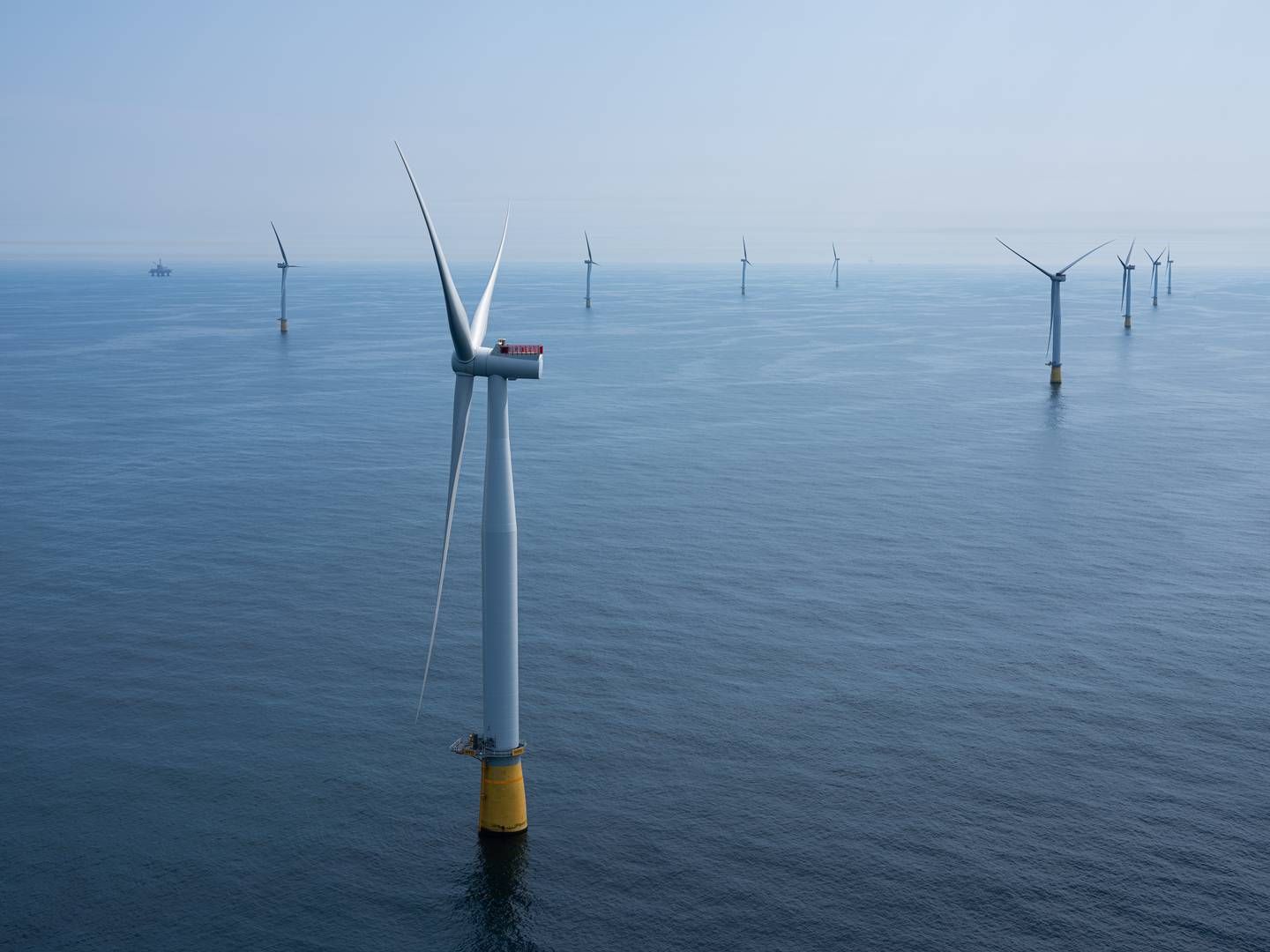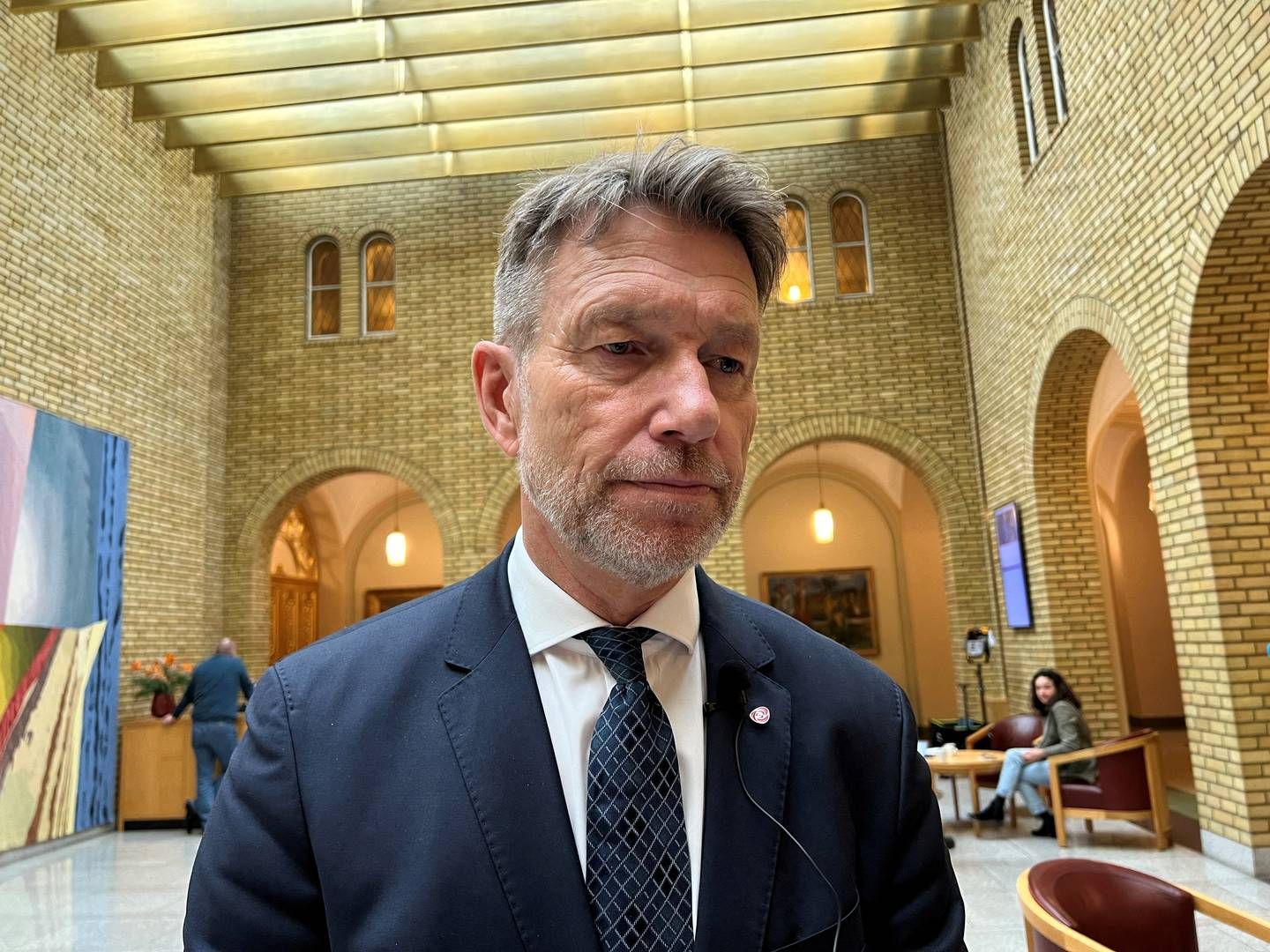Equinor urges Norwegian government to spend extra billions on offshore wind

In an opinion piece in business media DN, Equinor’s chief executive Anders Opedal and head of exploration and production Kjetil Hove argue that the carbon tax from the oil and gas industry can and should be used to finance new renewable energy production that can secure power for both the electrification of the Norwegian continental shelf and the Norwegian grid.
”We are ready and willing to help realize more power. The Trollvind initiative showed that. So does the proposal to use the revenue from the special carbon tax paid by the oil and gas industry to finance the development of offshore wind power. The carbon tax from the oil and gas industry can thus be used to reduce emissions in Norway. Unlike other climate taxes, it goes directly to the oil fund and not to measures in the state budget.”
In practice, this would mean that the cost would not be visible, but that the amount from the oil and gas industry to the oil fund would be reduced accordingly, Hove says in an interview with DN.
”It’s uncertain what it will cost, but we can expect NOK 3-3.5bn per year over 15 years,” Hove tells DN.
If the estimate is correct, it will cost somewhere between NOK 45-52.5bn (EUR 3.9-4.6bn) if the oil industry is to reach its goal of reducing emissions by 50%.
At Offshore Norge’s annual conference in March, Opedal estimated that the oil industry will need an additional 5 TWh for electrification by 2030.
”We have already achieved 30 of the 50%. This means that the last 20% is left, which corresponds to 5 TWh,” said Opedal.
The Equinor executives clarify in the opinion piece that they are not seeking more money.
”It is important to emphasize that we are not asking for more money for the oil and gas industry, but that the government’s revenue from the carbon tax can be better used to develop much-needed power for everyone. The carbon tax could then have a double effect. Firstly, as an incentive to reduce emissions and secondly, as an instrument to develop more energy.”
English edit by Kristoffer Grønbæk
Related articles
Equinor gets final go on offshore wind farm in New York
For subscribers


















.jpg&w=384&q=75)





